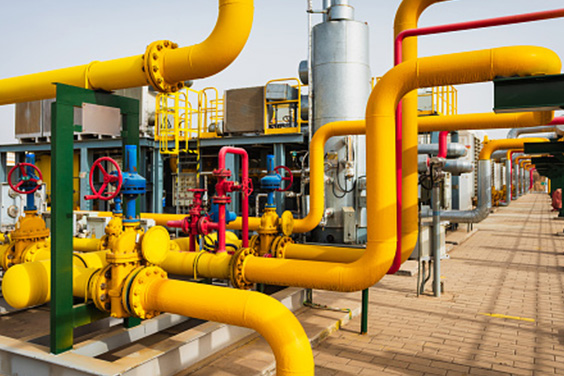In the evolving world of industrial equipment, butterfly valve manufacturers are at the forefront of innovation, pushing the boundaries with cutting-edge designs and advanced materials. These valves, essential for controlling flow in a variety of systems, are being reimagined to meet the rigorous demands of modern industries such as oil and gas, water treatment, and chemical processing. The adoption of new technologies and materials is driving this transformation, enhancing performance, reliability, and efficiency. A significant trend among leading butterfly valve manufacturers is the use of advanced composite materials. Traditional valves were primarily made of metal, which, while robust, are prone to corrosion and wear over time. Modern composites, such as carbon fiber and reinforced polymers, offer superior resistance to harsh chemicals and extreme temperatures. These materials are not only more durable but also significantly lighter, reducing the overall weight of the system and making installation and maintenance easier. In addition to materials, manufacturers are investing heavily in innovative design technologies. Computational fluid dynamics CFD is one such technology that has revolutionized valve design.

This results in valves that are more efficient and have a longer operational lifespan. Additionally, 3D printing technology is being increasingly utilized to create complex valve components that were previously impossible to manufacture using traditional methods. This allows for greater customization and precision, ensuring that each valve meets the specific requirements of the application. Another critical area of innovation is in the automation and smart control of butterfly valves. As industries move towards more automated and digitally connected systems, the demand for smart valves has surged. These valves can be integrated with control systems, allowing for real-time monitoring and remote operation. Equipped with sensors and actuators, smart butterfly valves can provide valuable data on flow rates, pressure, and temperature, enabling predictive maintenance and reducing the risk of unexpected failures. This not only improves the reliability of the system but also significantly reduces operational costs. Environmental sustainability is also a driving force behind the advancements in butterfly valve technology. The butterfly valve manufacturers are increasingly focused on producing valves that are environmentally friendly and energy-efficient.
The use of low-emission materials and coatings, along with designs that reduce energy consumption, are key priorities. Furthermore, the improved efficiency of modern Dombor butterfly valves means less energy is required to operate them, contributing to overall energy savings and a reduction in the carbon footprint of industrial operations. The competitive landscape of the butterfly valve market is fostering continuous innovation. Manufacturers are not only competing on the basis of product performance but also on customer service and support. Providing comprehensive after-sales service, including maintenance, spare parts, and technical support, is becoming a standard practice. This holistic approach ensures that customers receive maximum value from their investment, with minimal downtime and disruption. These developments are not only enhancing the performance and reliability of butterfly valves but also providing significant benefits in terms of efficiency, cost savings, and environmental impact. As industries continue to evolve, the role of butterfly valve manufacturers in driving technological progress and meeting the needs of modern applications remains crucial.



